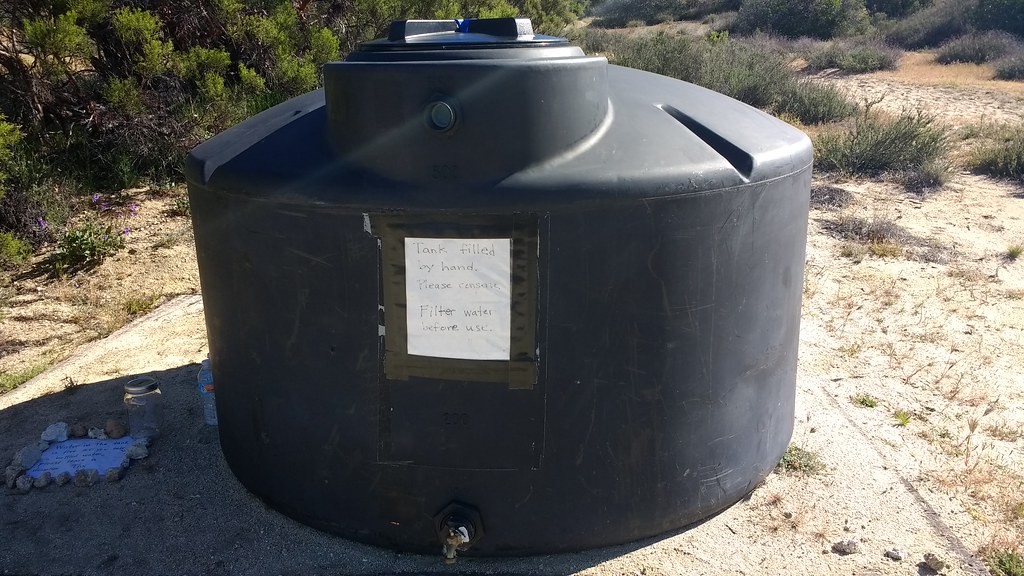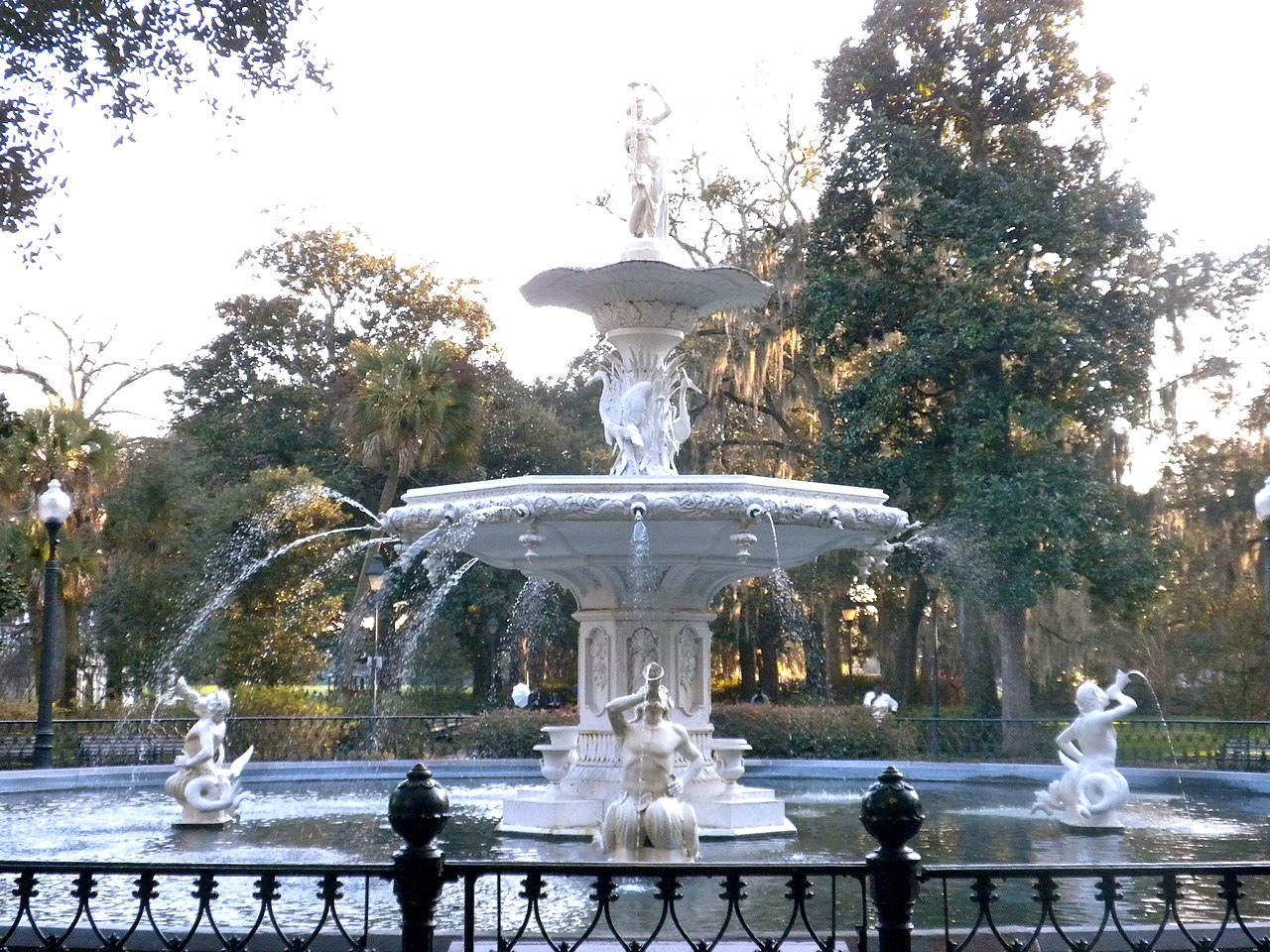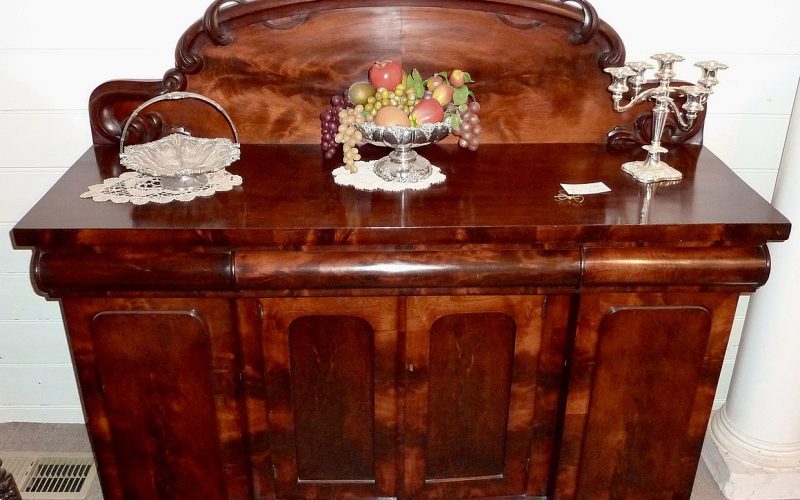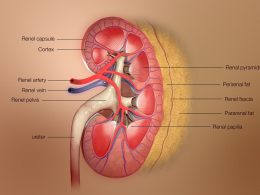When it comes to enhancing the beauty and functionality of outdoor spaces, water features are a popular choice. They not only add visual appeal but also create a soothing ambiance with the sound of flowing water. Among the various types of water features, cisterns and fountains are two options that often compete for attention. Both have their own unique characteristics and advantages, making it difficult for homeowners to decide which one is best for their landscape. In this article, we will delve into the battle of cisterns vs fountains to help you make an informed decision.
Cisterns: Timeless Elegance with Functionality
Cisterns have been used for centuries as a way to store and collect rainwater. They are essentially large containers that hold water and can be made from various materials such as concrete, metal, or plastic. Cisterns are usually installed below ground or partially buried, and they collect water from rooftops or other surfaces through gutters and downspouts. Once the water is collected, it can be used for various purposes such as irrigation, washing, and even drinking in some cases.

One of the main advantages of cisterns is their functionality. They are an excellent way to collect and store rainwater, which can be used for landscaping purposes, reducing water bills, and conserving water. Cisterns are also low-maintenance, as they require minimal cleaning and upkeep. Additionally, cisterns can be integrated into the landscape design seamlessly, providing a clean and unobtrusive look to the outdoor space.
Cisterns also offer a timeless elegance to the landscape. They can be designed to blend in with the surroundings, and their understated appearance adds a touch of sophistication to any outdoor space. Cisterns can be customized to match the aesthetics of the landscape, making them a versatile option for those who prefer a more classic and refined look.
Fountains: Dynamic Water Displays with Artistic Appeal
Fountains, on the other hand, are dynamic water displays that add movement, sound, and visual interest to the landscape. They come in various shapes, sizes, and styles, and can be made from a wide range of materials such as stone, concrete, metal, or glass. Fountains are typically above-ground structures that have a pump system to circulate water, creating a continuous flow or spray of water.
One of the main advantages of fountains is their artistic appeal. They are often considered as a form of outdoor art, with their unique designs and captivating water displays. Fountains can become a focal point in the landscape, drawing attention and becoming a conversation starter. They can also be used to reflect the style and personality of the homeowner, with options ranging from traditional to modern, and from simple to elaborate.
Fountains also provide a sense of relaxation and tranquility with the soothing sound of flowing water. The sound of water can have a calming effect on the mind and help mask noise from nearby streets or neighbors, creating a peaceful ambiance in the outdoor space. Fountains can also be illuminated with lights, creating a dramatic effect during nighttime and enhancing their visual appeal.
Cisterns vs Fountains: Factors to Consider
When deciding between cisterns and fountains for your outdoor space, there are several factors to consider.
- Functionality: If water conservation and storage are a priority, cisterns are the clear winner. They are designed to collect and store rainwater for various purposes, making them a sustainable choice. Fountains, on the other hand, are mainly decorative and do not provide any practical use in terms of water storage.
- Aesthetics: If you are looking for an understated and timeless look, cist erns may be the better option. They can be integrated into the landscape design seamlessly, blending in with the surroundings and providing a clean and unobtrusive look. Cisterns can also be customized to match the aesthetics of the landscape, making them a versatile choice for those who prefer a classic and refined look.
On the other hand, if you are looking for a dynamic water display that adds an artistic appeal to your outdoor space, fountains may be the way to go. Fountains come in various styles and designs, ranging from traditional to modern, and can become a focal point in the landscape. They offer visual interest and create a soothing ambiance with the sound of flowing water. Fountains can also be illuminated, adding a dramatic effect during nighttime and enhancing their visual appeal.
- Space and Installation: The available space in your outdoor area and the installation requirements are also important factors to consider. Cisterns are typically installed below ground or partially buried, which may require excavation and additional space. They also require gutters and downspouts to collect rainwater, which may need to be integrated into the existing landscape design. On the other hand, fountains are usually above ground structures that require a pump system for water circulation. They may need a dedicated power source and water supply, which should be considered during installation.
- Maintenance: Both cisterns and fountains require some level of maintenance. Cisterns may require periodic cleaning and inspection to ensure proper functioning and water quality. Fountains may require more regular maintenance, including cleaning of the pump, filter, and fountain components. The level of maintenance needed will depend on the type of cistern or fountain, its location, and the materials used in its construction. It’s important to consider the maintenance requirements when making a decision.
- Budget: Budget is another crucial factor to consider. Cisterns can vary in cost depending on the material, size, and installation requirements. They may require additional costs for gutters, downspouts, and filtration systems. Fountains also come in a wide range of prices, depending on the size, design, and materials used. Additionally, ongoing operational costs such as electricity for the pump and lights should be considered for fountains. It’s important to determine a budget that aligns with your financial considerations.
Conclusion
Both cisterns and fountains have their unique characteristics and advantages. Cisterns are functional, sustainable, and offer a timeless elegance to the landscape, while fountains are artistic, dynamic, and create a soothing ambiance with the sound of flowing water. When deciding between cisterns and fountains, it’s important to consider factors such as functionality, aesthetics, space and installation requirements, maintenance, and budget. Ultimately, the decision will depend on your personal preferences, the specific needs of your outdoor space, and your budget considerations. Regardless of your choice, a well-designed water feature can elevate the beauty and enjoyment of your outdoor space.












